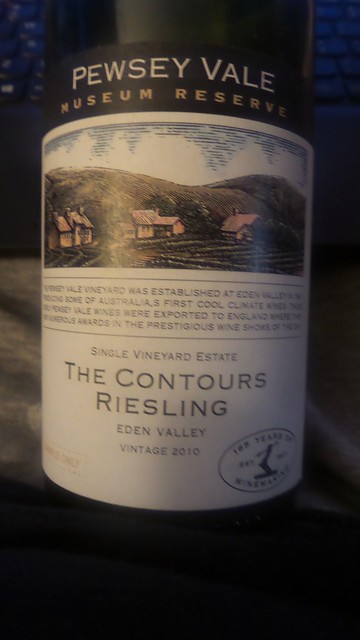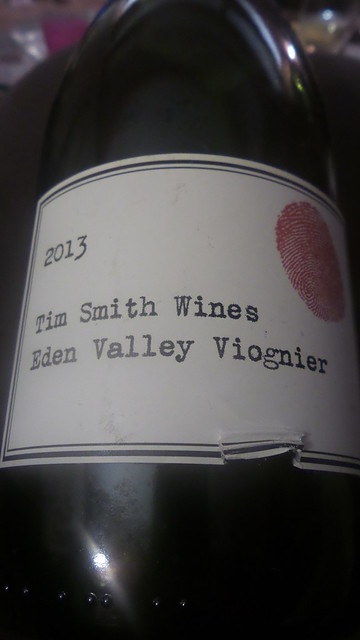The Facts
Eden Valley Riesling from Pewsey Vale
Sample
RRP $34
Closure: screwcap
Alcohol: 12.5%
Release date: 1 Sept 2015
The waffle
Right – after a brief flutter with regular posting, I lapsed back in to old, poor habits.
So I’ve decided the only thing I can do is write a blog post as I write a tasting note. This might mean greater brevity but maybe less waffle is no bad thing. In fact, I suspect fewer words and more posts will be a good thing.
This wine has been in the wine fridge for a while – you’ll note I received it as a pre-release sample – but it is released with five years bottle ageing. As someone who loves Riesling with age (I just added a 2001 wine to my ‘to drink’ list) I approach this wine with those biases well and truly intact.
The wine
In the glass the wine is starting to show a little gold but it still looks young and fresh.
The nose is reasonably pronounced and shows plenty of the rich kero character for which aged Riesling is renowned. There’s toast, honey and lime too.
The palate is a little more austere – acidity is vibrant and persistent and it shows lots of lime topped off with lemon curd with a medium-light mouthfeel. There’s a touch of honey about it – something I can’t quite put my finger on but along the lines of honey on slightly burnt toast. The palate is really dominated by the citrus and the length is excellent. The acidity really pulls on the flavours of the wine and draws them out so it does evolve in your mouth. The finish also has a really interesting textural element – somewhere between (the over-used) minerality and lemon pith.
Of course, there is no need to drink this wine in a hurry. Store it correctly for another 5 or 10 years and if you love aged Riesling you’ll most likely be rewarded. It’s a sad fact that if you wait 5 years you may well be able to pick this wine up for a song at auction.


